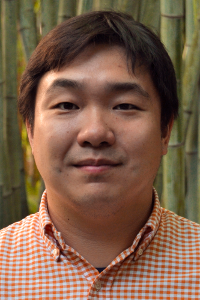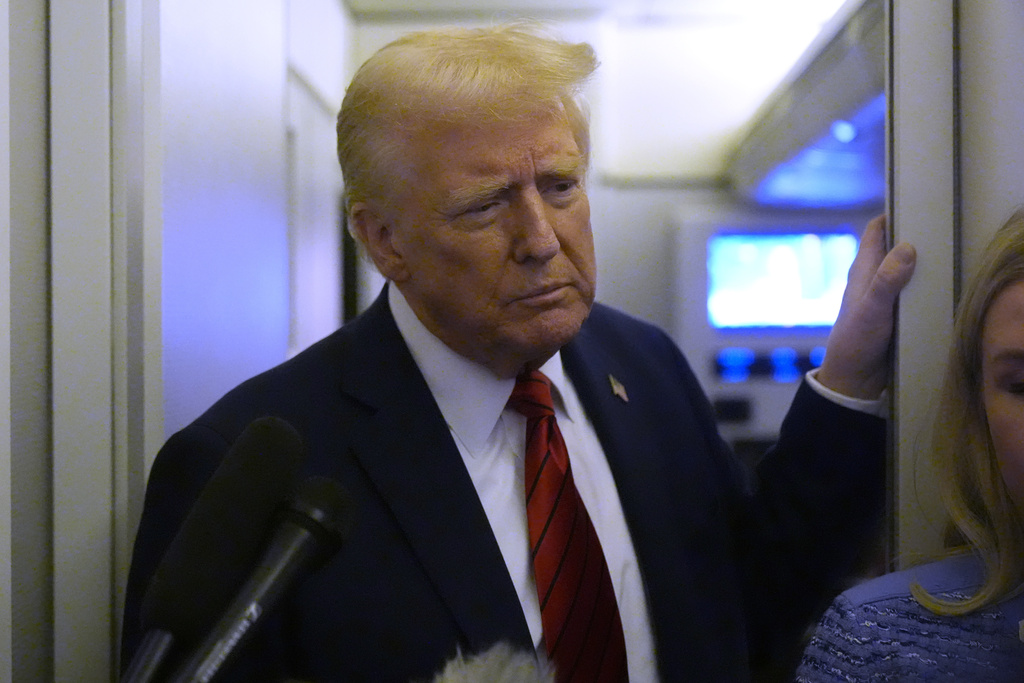The Summit is now over and an agreement has been reached, but how did Korea get split up? And what’s stopping them from reuniting? UNF Professor of History Patrick Chung sat down with the Spinnaker to discuss how we got here.

Beginning in 1876, the Japanese gradually took control of the peninsula and fought wars against China and Russia to maintain that control. Then the Japanese installed their own officials to run the country and allowed for their citizens to purchase land for their own commercial gain.
“There was an ideological aspect where Japan saw itself as the savior of Asia. It framed itself in this sort of an anti-imperial way in that it was ‘saving the lesser developed Asian countries from the west,’” Chung explained. “But this is similar to what you find in any empire. You might have heard of the White Man’s Burden, which is ‘saving and civilize the savages,’ and so there was this very nationalistic part of the outreach.”
This control created a lot of anger towards Japan and imperialism as a whole.
According to Chung, after World War I, the failure of the U.S. to live up to Woodrow Wilson’s 14 points, coupled with the falling apart of the League of Nations led to disillusionment and a turn to the left in many places. So, during the 1920s, Leftists and Marxist movements got a foothold. In Korea and many parts of the colonized world, indigenous socialist and Marxist groups were aligned with anti-colonialism. The capitalist, reformist branches were more closely aligned with the enemy. They were an outgrowth and partnered with the imperialists.
“It’s important to understand for the Korean story that regardless of the various intentions of Japanese society, whatever they were, the outcome was very negative for the vast majority of Korean people,” Chung said. “That animus was the driving force behind the development of various political movements in Korea.”
After World War II, the Allies split up the territory of the Axis powers. In Germany, we saw East and West Germany, with the West being controlled by the Western powers (US, Great Britain, and France) and the East is controlled by the Soviet Union. The Korean peninsula was split up between North and South, at the 38th parallel. The South was supported by the US and the North was supported by the Soviet Union.
The U.S. allowed some of the Japanese administrators and collaborators to continue in the new government of the South, while the North was led by Kim Il-Sung, who fought against the Japanese with China. In 1948, the Communists won the Chinese Civil War and took over as the main supporters of the North.
“South Korea was almost completely run by the United States. It was officially governed by the US military. The first president of South Korea was flown in from Hawaii to Korea,” Chung explained.
The U.S. also continued to use Japanese administrators and Korean “collaborators” to run South Korea. This caused the South Korean government to become unpopular and, in 1950, the North invaded.
After a brutal war that saw both sides gain and lose considerable territory, a ceasefire was agreed on and the 38th parallel continues to mark the separation between North and South. Since this ceasefire, the two governments have increasingly developed their militaries. War games regularly scheduled in the South and nuclear and ballistic missile tests by the North have kept war between the two nations a real possibility.
The recent Summit allegedly brings the possibility of warmer relations between the North and South Koreas. The North, which has been under economic sanctions since their nuclear program began, is seeking removal of these sanctions and guarantees against U.S. attacks. Meanwhile, the U.S. reportedly wants the North to give up its nuclear program.
—
For more information or news tips, or if you see an error in this story or have any compliments or concerns, contact editor@unfspinnaker.com.















